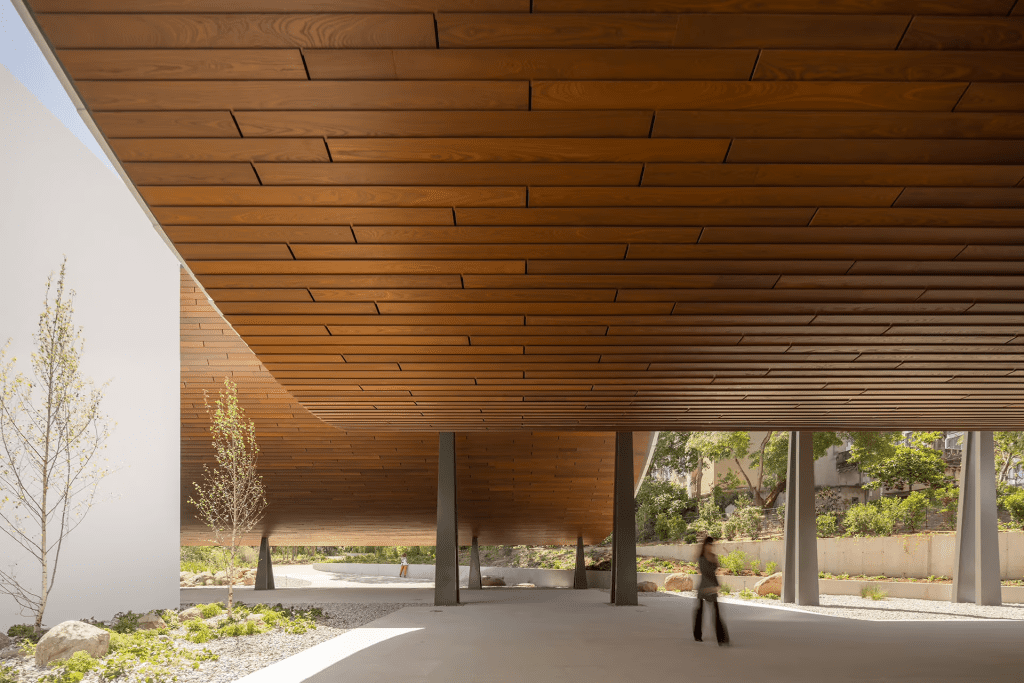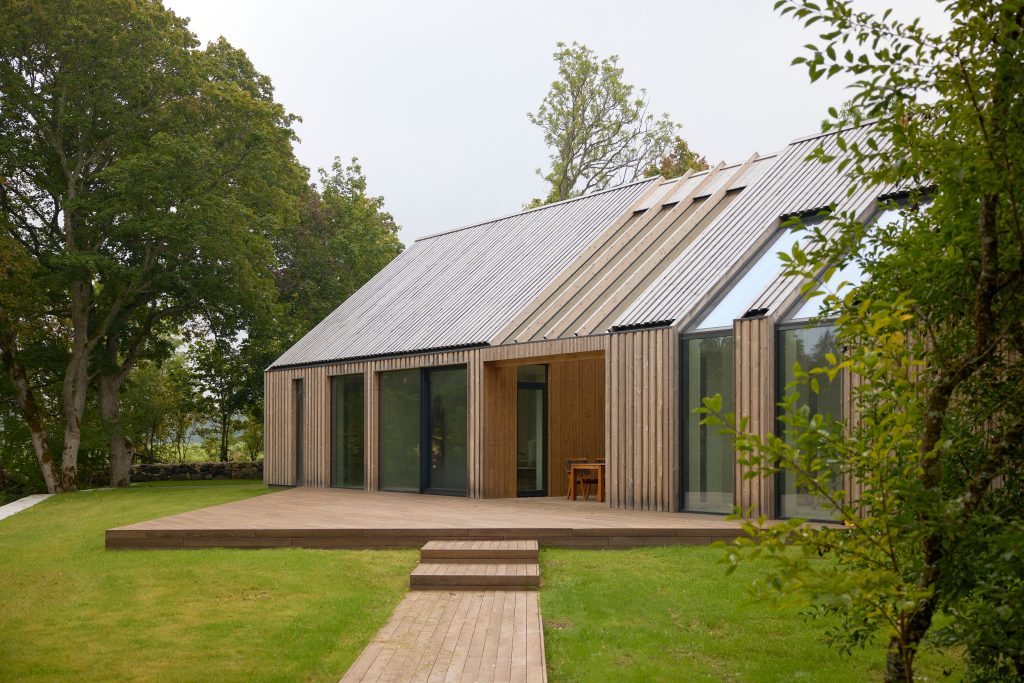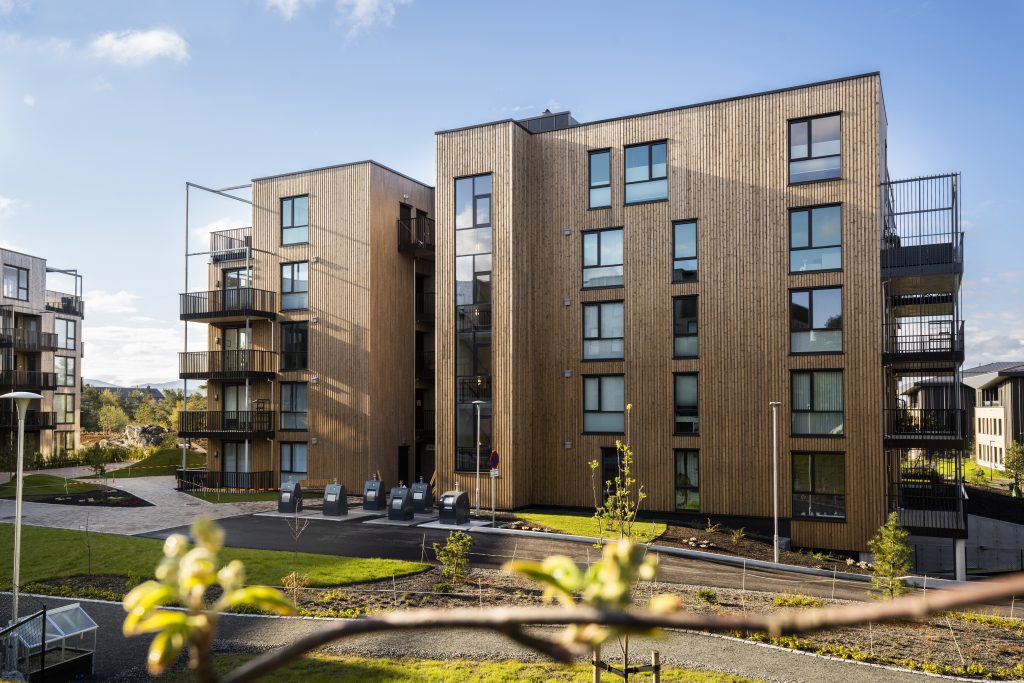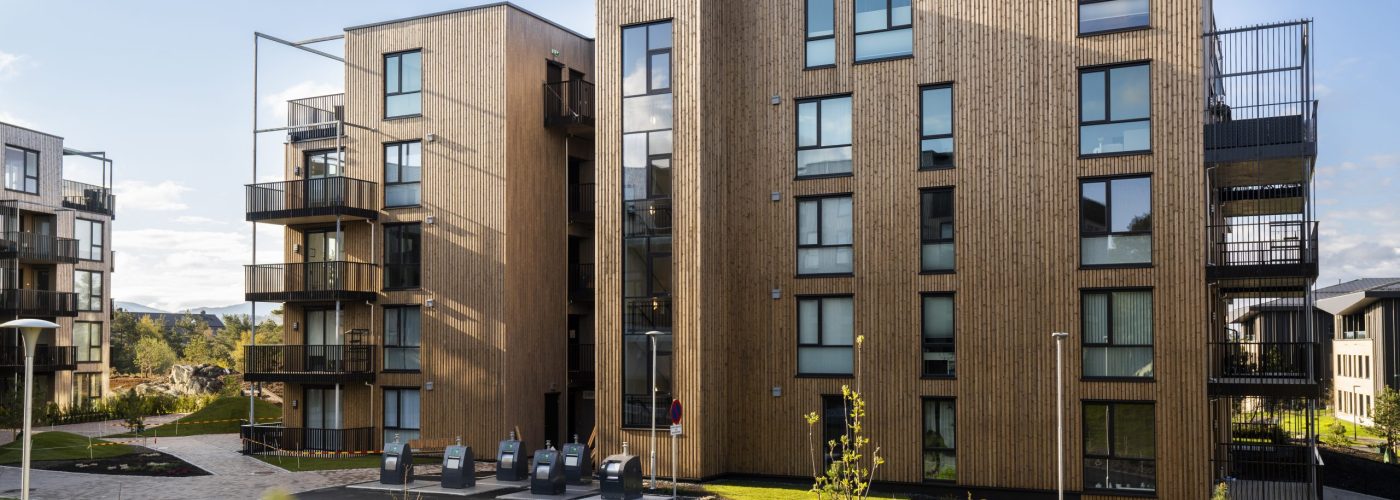As the dialogue around sustainable architecture deepens, a quiet material revolution is underway. Thermally modified wood—celebrated for its dimensional stability, rich tonal qualities, and low environmental impact—is fast becoming a staple in the palette of architects seeking both performance and aesthetic appeal.

Thermally modified wood isn’t new—but its role in modern architecture is evolving. At its core, the process takes timber and transforms it using nothing more than heat and steam. The result is a material that behaves with the discipline of engineered timber but maintains the soul of natural wood—a blend that is increasingly in demand in both residential and commercial environments.
What Is Thermally Modified Wood?
Thermal modification is a bit like baking bread. The process takes place in a specially designed oven – a thermokiln, where sensors send information into computers that are constantly monitored by thermal modification specialists.
European manufacturers like Thermory have refined this process to achieve consistent results across wood types, producing materials that are not only technically outstanding but visually compelling.
However, all thermal modification producers follow the same principle: within max 48 hours the temperature of the wood is raised up to 215 degrees, reducing the equilibrium moisture content, which is followed by a cooling process. No chemicals are used in the process, only heat and steam.
The high heat alters the wood’s cellular structure, reducing its moisture content and eliminating natural sugars that can attract pests and promote decay.
Species such as ash, pine, spruce, and oak respond particularly well to thermal modification, gaining a deeper hue and greater durability.
A Refined, Stable Material
One of the defining qualities of thermally modified wood is its dimensional stability. Unlike untreated timber, it resists cupping, warping, and shrinking—even in climates with dramatic seasonal shifts. This predictability makes it ideal for applications where tight tolerances are non-negotiable: façade systems, louvered screens, or flush-profile decks.
Architects working with detail-intensive designs appreciate how thermally modified wood responds to fine joinery and clean lines. Whether laid horizontally along a minimalist cabin or used vertically in large-scale commercial structures, the material maintains visual clarity and structural integrity over time.

Aesthetic Depth and Patina
Visually, thermally modified wood offers more than resilience. Its natural tone darkens during the modification process—ranging from warm caramel to deep coffee brown, depending on the species. Left untreated outdoors, it develops a soft silver patina that brings character to contemporary forms without compromising longevity.
While the material can be finished with oils or stains to preserve its tone, many designers choose to let it weather naturally, embracing its slow transformation and organic texture. Thermally modified wood can also be painted or coated to match the architectural brief.
Sustainability and Certification
Thermally modified wood aligns with key principles of sustainable construction. The thermal modification process uses no toxins or added chemicals, relying instead on high temperatures and steam. As a result, the end product is suitable for eco-conscious buildings and 100% recyclable at the end of its life.
Leading manufacturers like Thermory use wood sourced from sustainably managed forests and offer FSC®-certified options. With the growing demand for low-impact materials that don’t compromise on performance, thermally modified wood is a material that supports both aesthetic and environmental goals.

Applications Across Projects
Thermally modified wood adapts seamlessly across architectural projects. In residential architecture, it’s frequently specified for cladding, decking, and soffits—especially in builds that seek harmony with natural surroundings. Its warm tone and low maintenance needs make it a staple in holiday homes, urban rooftops, and lakeside cabins alike.
In commercial and hospitality settings, thermally modified wood lends an approachable elegance to terraces, outdoor seating areas, and façades. It offers the tactile qualities of wood with the durability typically associated with composite or engineered materials—ideal for spaces that welcome heavy footfall.
In public architecture, thermally modified ash and pine are often used in benches, boardwalks, and cladding for schools or cultural centers. Thanks to its resistance to moisture, fungi, and insects, it performs reliably even in exposed or coastal conditions.
Thermally modified wood is also a popular choice in interior applications, particularly in wellness architecture. Its heat tolerance and low thermal conductivity make it well-suited for saunas, spas, and steam rooms—spaces where both function and comfort are essential.

A Material for the Long Term
In a construction landscape driven by durability, beauty, and environmental integrity, thermally modified wood checks all the boxes. For architects and designers, it presents a rare opportunity: a natural material that honors traditional craftsmanship while meeting the demands of contemporary performance.
As the architectural world continues to look for low-impact solutions that don’t sacrifice design ambition, thermally modified wood positions itself as one of the most thoughtful choices on the market.





